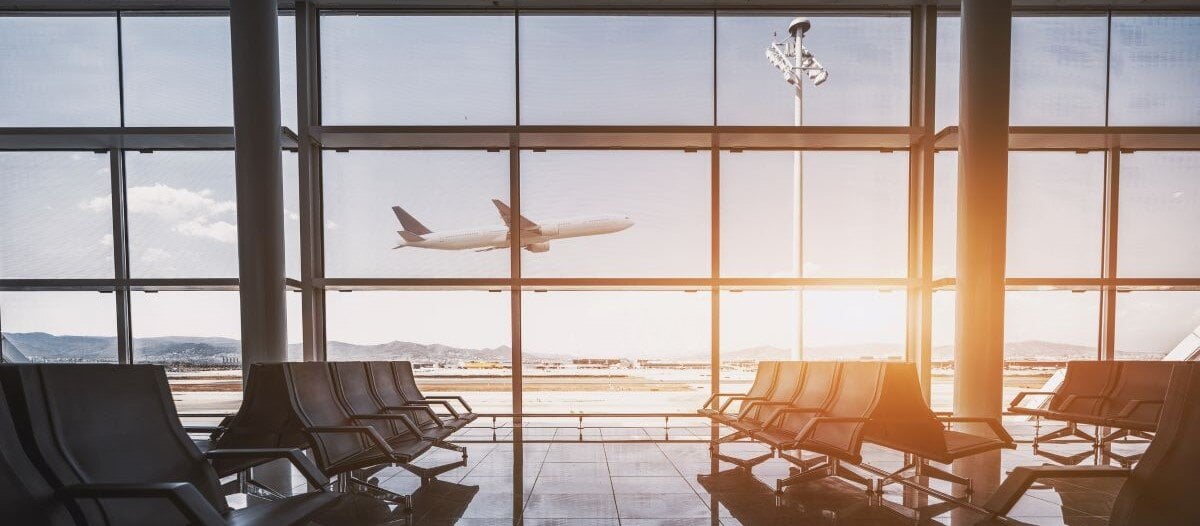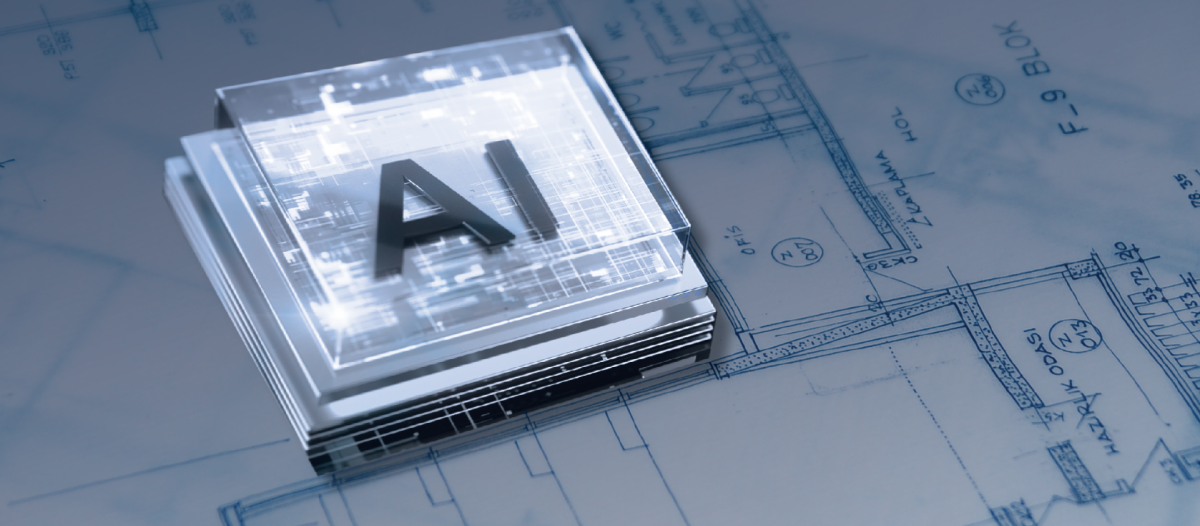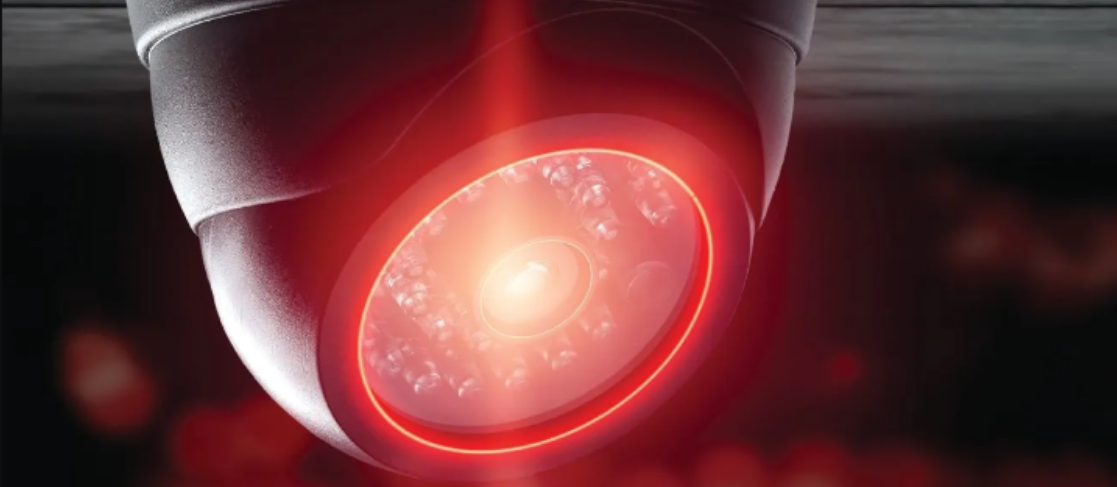Airport Operations & Energy Consumption
Keeping passengers comfortable

Airport operations are extremely specialized, considering their function and how they serve as the temporary home for individuals endlessly coming and going through its terminals. Proper temperature control is crucial to maintain comfort. However, achieving this comfort often comes at a steep cost, as energy consumption due to heating and cooling is one of the largest portions of an airport’s operating budget.
Modern cooling technologies that tap into unique methods of air flow management are transforming temperature control for passengers and boosting operational cost savings – all while promoting sustainability through improved energy efficiency.
Ice box or oven – a no-win situation
Airports are a hub for a range of activities, with fluctuating volumes of travelers and staff in various spaces, which makes sustaining an acceptable temperature a challenge. As a result, airports can be incredibly cold or impossibly stuffy. Over time, and most noticeably since COVID-19, the modern consumer has placed an increased expectation on a much more palatable travel experience, and that includes thermal comfort.
Despite this understanding, airports are unfortunately coming up short. According to PwC’s 2017 “Future of Customer Experience” survey there is a notable 33 percent gap between consumer expectations and the experience they encounter. The survey shows this difference was the largest across a variety of industries, including health care, pharma, retail, banking, investments, mobile/internet, insurance, software, technology, restaurants, hotels, sports and media.
TNMT (Travel and Mobility Tech) reports that despite an increase in demand for air travel, customer satisfaction has continued to decline, reflected by reviews on TripAdvisor that traveler sentiment has fallen substantially, even below the stark lows that took place during the pandemic.
It is more important than ever for airports to consider the expectations of the modern consumer to ensure their customers and guests receive an experience that boosts confidence in an industry that needs to redeem itself. What better way to do that than to start with the basics, such as at the general level of comfort in a giant, bustling waiting area.
Consumption eating up the budget
An average airport uses 19.7 kWh of electricity and 34.7 thousand Btu of natural gas per square foot each year – and that lighting and cooling account for 46 percent of overall energy use. Energy consumption takes up a substantial amount of airport budgets, to the startling tune of 10-15 percent.
The potential price tag is concerning, considering all the budget line items required to support day-to-day airport operations. Without information on more sustainable options, it is no wonder that airport facility managers cave to numbers that leave them with a bleak, costly outlook.
The Airports Council International North America reported in 2023 that airports contributed to more than 7.2 percent of gross domestic product in the United States, and fuel supply chains in the movement of goods both domestically and internationally. In addition, airports are experiencing record numbers of travelers, with continued travel growth expected. The need to examine energy consumption – and budget implications – is extremely important; and budget reassessment must be considered, even if it is in projections for the coming year.
Shortchanging the environment
The negative environmental impact of the aviation industry has been significant and on a global scale, accounting for around 3 percent of the world’s total carbon emissions. The issues do not end with emissions, however. Aircraft noise can affect nearby residents, disturb local wildlife and habitats, and generate substantial amounts of waste.
However, there are multiple ways for airports to become more eco-conscious, which include development of waste management programs (e.g., a zero-waste airport that focuses on recycling), eco-friendly transportation (e.g., promoting bike-sharing), green building (e.g., using recycled materials for airport construction), water conservation (e.g., investing in green irrigation systems) and biodiversity (e.g., creating landscape with native plants). These initiatives are appreciated by travelers as the modern consumer is increasingly interested in living sustainably, preferring to engage with brands that lean in that direction.
But this does not mean airports must engage in a total rehaul of their operations. A great way to start the process is to examine the way energy is consumed and look to alternative cooling solutions to begin the process of improving traveler comfort while enjoying the resulting cost savings.
Thermal destratification as a game changer
Thermal destratification is an approach to tackling the issue of excessive energy consumption that delivers unique cost savings while also promoting traveler comfort. It can be utilized in multiple types of spaces, from the smallest office lobby to a large international airport.
So, how does it work? Thermal destratification is a process in which mixing air in a structure is utilized to properly balance indoor temperatures and eliminate temperature layers. Thermal stratification, its opposite in approach, is essentially the layering of differing air temperatures from floor to ceiling. It involves the rising of hot air to the ceiling because it is lighter than the surrounding cooler air. This natural physical process has the cooler air sinking to the floor as the warmer air rises to the ceiling.
HVAC systems can reap substantial benefits from thermal destratification as it can help in maintaining desired temperatures, allowing for the reduction in blower speed to achieve full saturation of HVAC air to all corners of the room. This ultimately results in more cost-friendly energy bills. Thermal destratification can also reduce the temperature difference between the roof and the outside, which can decrease the amount of heat lost through the roof.
Changing the hopeless narrative
A change in energy consumption for today’s airports calls for a shift in mindset, a willingness to evolve and an understanding of how implementation of modern cooling technologies (specifically those that channel thermal destratification) have the capacity to transform the travel experience. Let the modern consumer be the guide in operational decisions and enjoy the substantial cost savings reaped from a reduction in energy use.

Richard Halsall serves as the CEO of Exhale Fans. With an eye for technology and a desire to deliver the best in quality, comfort and satisfaction, Halsall has been instrumental in bringing Exhale Fans’ product from conception to fruition, driving the company to unprecedented levels of success, even in its infancy. In 2017, he fully immersed himself in the young company’s pivot into large-scale production. Prior to founding Exhale Fans, Halsall served in the U.S. Army as a Huey Cobra Pilot in Vietnam, as well as a pilot with a major U.S. airline, from which he retired in 2015.










